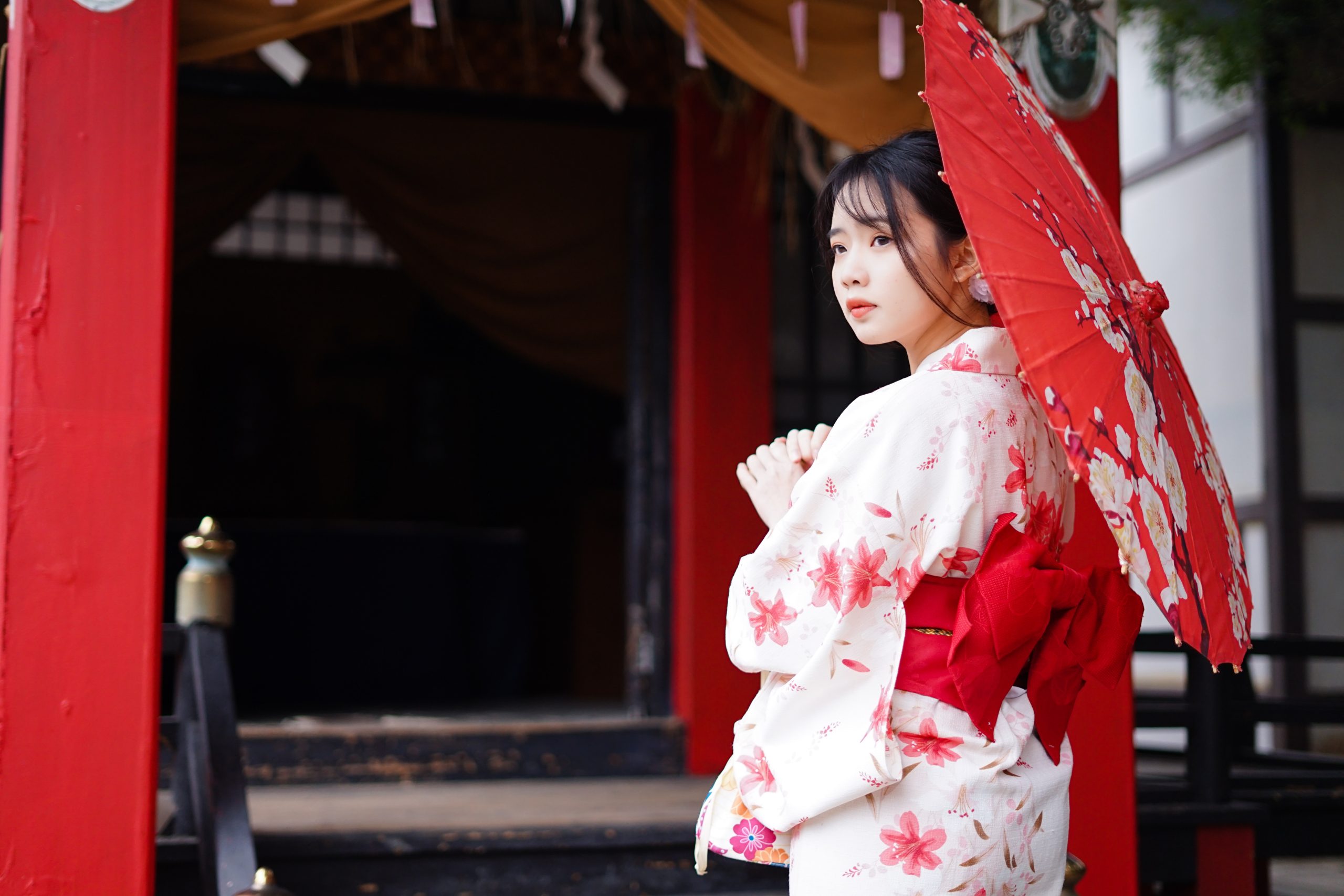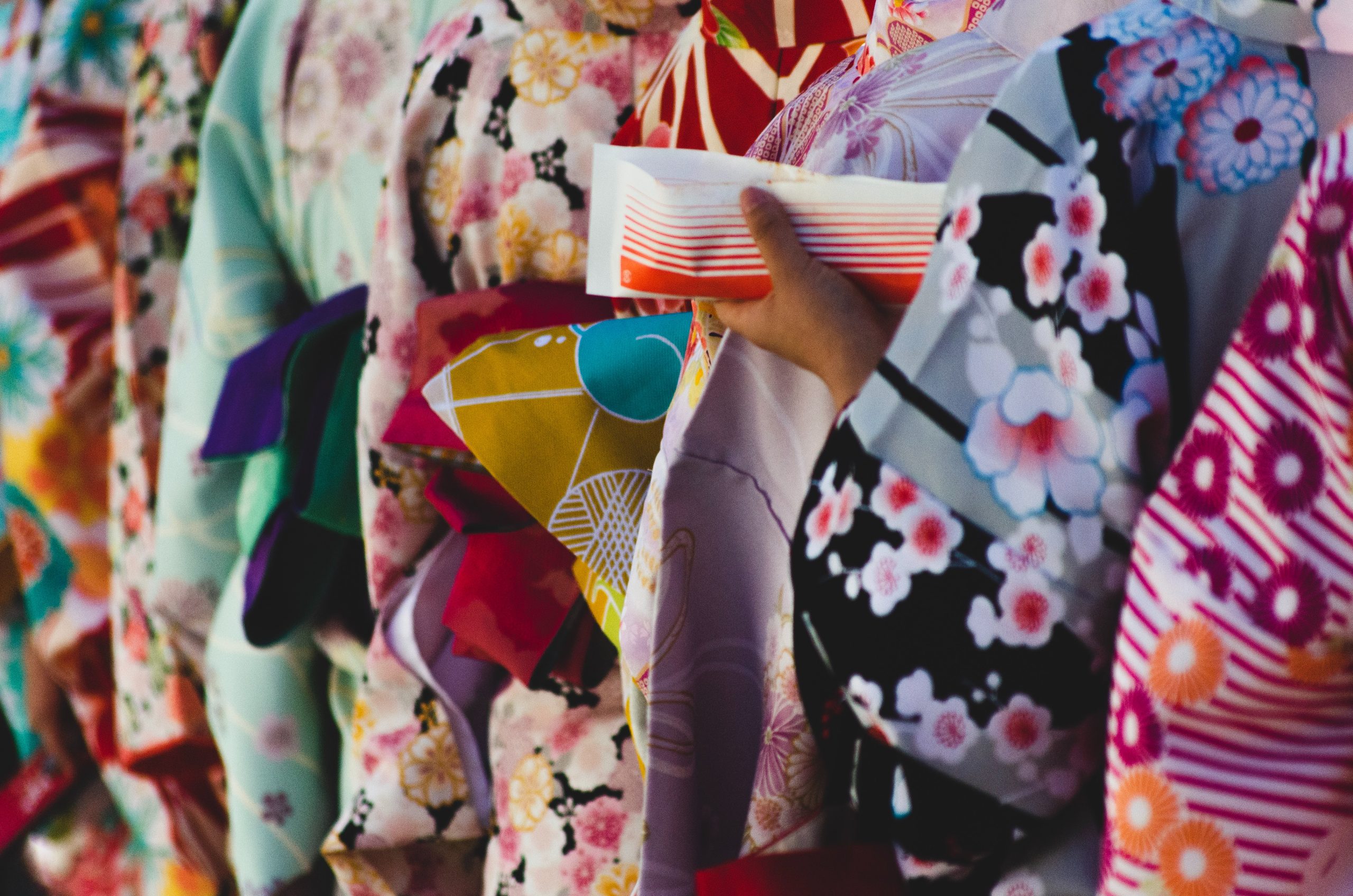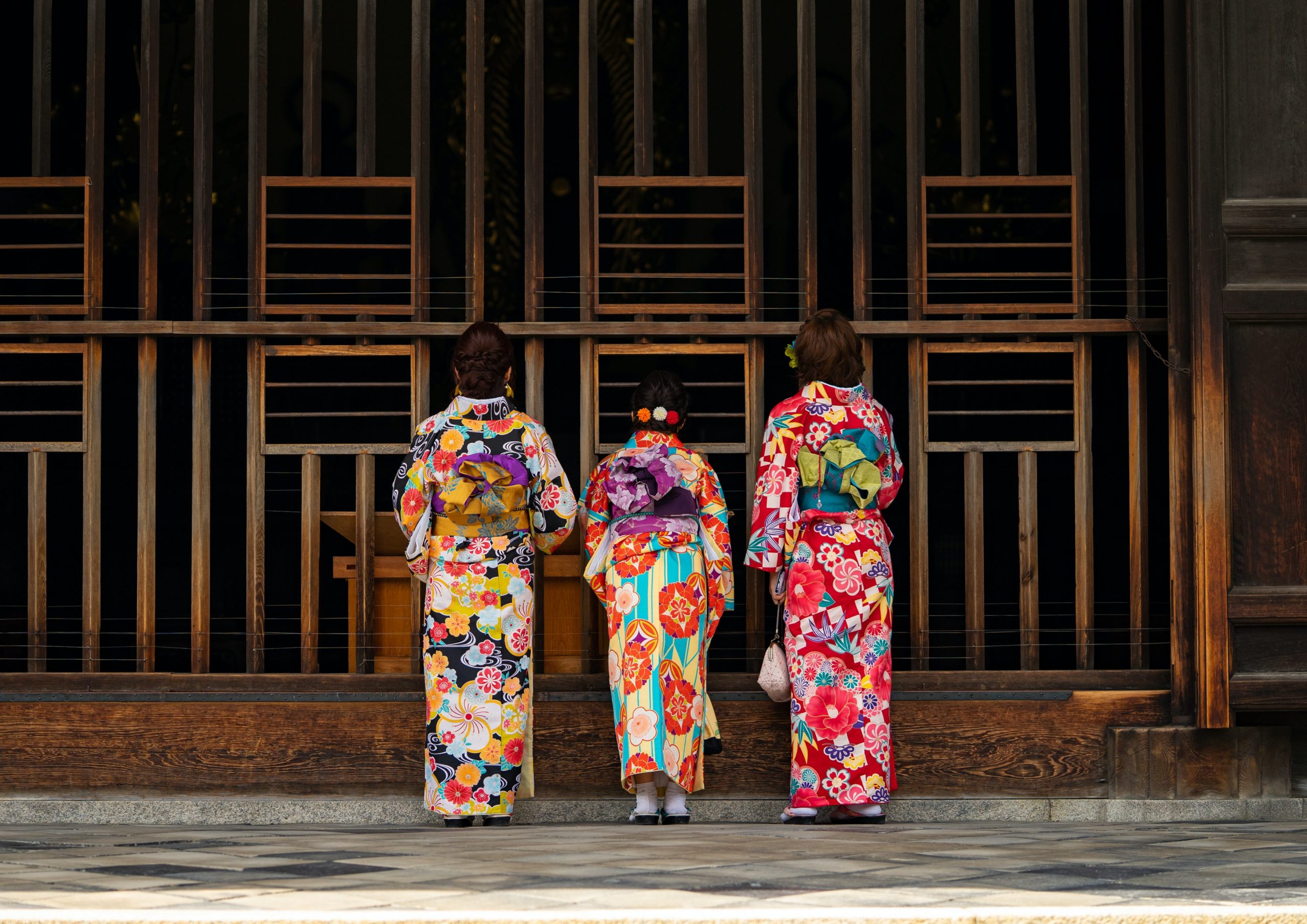Embracing Elegance: Exploring the Enchanting World of Japanese Kimono Culture
In a world that rushes forward with relentless speed, there exists a serene and timeless oasis, a cultural treasure that whispers tales of tradition, artistry, and grace. This oasis is none other than the enchanting world of Japanese Kimono culture. The Japanese kimono, with its exquisite designs and meticulous craftsmanship, stands as an enduring symbol of Japan’s rich cultural heritage. In this blog, Green Sun Travel will take a journey through the vibrant tapestry of Japanese kimono culture, exploring its history, significance, and the profound artistry that brings these garments to life.
A Glimpse into History of Japanese Kimono Culture
To truly appreciate the essence of Japanese kimono culture, we must embark on a journey through the corridors of time, tracing the origins and evolution of this iconic garment. The kimono, a symbol of enduring elegance, has a lineage that extends deep into Japan’s storied history, dating back to the Jomon period, a time when the very foundations of this culture were being laid.
The Jomon period, spanning from approximately 14,000 to 300 BCE, was characterized by a lifestyle that revolved around hunting, gathering, and early forms of agriculture. During this era, people fashioned their clothing from the most primitive of materials—simple cloth drapes. These garments, while rudimentary by modern standards, marked the earliest seeds of what would eventually blossom into the exquisite world of the kimono.
However, the transformation of the kimono into the cultural icon it is today didn’t fully take shape until the Heian period, which spanned from 794 to 1192 CE. It was during this era that the kimono emerged as a canvas for artistry and a symbol of social distinction. The Heian period marked a crucial turning point, not only in the evolution of the kimono but in the history of Japanese culture as a whole.
In the Heian period, the kimono became a defining feature of Japanese fashion. Its significance extended far beyond mere clothing, encompassing elements of status, aesthetics, and self-expression. The kimono of this era was marked by its opulence, characterized by the use of vibrant colors, luxurious fabrics, and intricate patterns. The materials used in creating these kimonos were sourced from both domestic and imported textiles, reflecting Japan’s growing engagement with the wider world.
The garments of the Heian period were carefully chosen to signify the wearer’s rank and wealth. The vivid colors, sumptuous silks, and meticulously crafted designs spoke volumes about the wearer’s social standing and affluence. The complexity of the kimono’s patterns and the depth of its symbolism were evident, as they adorned the individuals who graced the imperial court and noble households.

The Elegance of Kimono Styles
Kimono styles are a vivid reflection of Japan’s rich cultural tapestry, as diverse as the changing seasons that grace the country. Each style serves a specific purpose and occasion, embodying both tradition and contemporary fashion. Let’s delve deeper into some of the most well-known kimono styles:
- Furisode: These striking, long-sleeved kimonos are a hallmark of youth and are often worn by unmarried women, especially during significant life events like coming-of-age ceremonies. What sets the furisode apart are its elegantly flowing sleeves, which add an extra touch of grace and movement to the ensemble. The vivid colors and intricate designs make furisode a symbol of youthful exuberance and beauty.
- Yukata: A lightweight and casual kimono, the yukata is the quintessential choice for Japan’s sweltering summer months. It is frequently worn during summer festivals, fireworks displays, and hot spring visits. The yukata’s relaxed design and breathable fabric make it not only a comfortable choice for the season but also a canvas for personal expression through various patterns and colors.
- Tomesode: Reserved for married women, tomesode kimonos exude a sense of timeless elegance. These kimonos feature intricate designs that flow from the shoulders down to the hem, often accompanied by discreet family crests. Tomesode kimonos are commonly worn for formal events, such as weddings and other celebrations, where they convey a sense of maturity and refined taste.
- Homongi: For those seeking a kimono suitable for various formal occasions like weddings, tea ceremonies, and other ceremonial gatherings, the homongi is the perfect choice. These kimonos are characterized by their intricate and continuous patterns that wrap around the body, creating a harmonious blend of art and attire. Homongi kimonos are versatile and striking, offering a sophisticated look for special events.
- Montsuki: In the realm of men’s kimono, the montsuki stands out as a symbol of formality and tradition. These kimonos are typically black and feature family crests (mon) on the back and chest. They are often seen at traditional ceremonies, such as weddings and graduations. The montsuki kimono exemplifies the timeless connection between Japanese culture and attire.
Symbolism in Kimono Patterns
The patterns and motifs adorning a kimono carry deep cultural significance, often conveying messages that extend beyond mere aesthetics. Cranes, for instance, symbolize longevity and good fortune, while cherry blossoms represent the fleeting nature of life and its inherent beauty. Dragons, with their mythic power, embody strength and auspicious energy, while waves evoke a sense of movement, change, and the ebb and flow of life. The use of color in kimonos is equally symbolic, with red signifying passion and celebration, and white representing purity, innocence, and mourning, depending on the context.
The Art of Kimono Dressing

Wearing a kimono is an art in itself, with each step reflecting a deep respect for Japanese culture and the occasion at hand. The process involves several intricate steps, from selecting the appropriate undergarments, such as the juban and nagajuban, to the meticulous art of tying the obi (sash), which can vary in style depending on the wearer’s age and the formality of the event. Kimono dressing is a cherished tradition that is passed down through generations, reflecting the enduring cultural significance and attention to detail associated with these beautiful garments.
Preservation and Revival
While the popularity of kimono in everyday wear has waned in modern Japan, the spirit of kimono culture endures. There is a concerted effort to preserve and promote this cultural heritage, with many young Japanese individuals rediscovering the beauty and significance of these garments. Kimono revivals and cultural events are increasingly common, showcasing the enduring appeal of traditional attire. Furthermore, modern fashion designers are embracing kimono elements and incorporating them into contemporary clothing, thus creating a harmonious bridge between tradition and modernity. The kimono remains a symbol of Japan’s cultural identity and a testament to the country’s ability to blend heritage with the spirit of innovation.
Conclusion
In the enchanting world of Japanese kimono culture, the past and the present entwine, weaving a tapestry of artistry, tradition, and grace. From its humble origins in the Jomon period to its grandeur during the Heian era, the kimono has evolved into a symbol of Japanese identity, carrying the weight of centuries of history and the beauty of cultural significance.
The array of kimono styles, each as diverse as the seasons in Japan, speaks to the country’s ability to adapt while preserving its rich heritage. Whether it’s the vibrant furisode worn by young women during their coming-of-age ceremonies, the casual elegance of the yukata at summer festivals, or the dignified tomesode for married women at formal occasions, every kimono style reflects a unique facet of Japanese culture.
The patterns and motifs adorning these exquisite garments speak volumes, silently narrating stories of longevity, fleeting beauty, power, and the ebb and flow of life. The careful selection of colors adds another layer of depth to the messages conveyed by these timeless pieces of art.
Wearing a kimono is more than just donning clothing; it’s an art passed down through generations. The meticulous steps involved in kimono dressing reflect a profound respect for the culture and the occasion, paying homage to the rich legacy that these garments carry.
While the popularity of kimono in everyday wear has diminished in modern Japan, the kimono continues to stand as a symbol of cultural identity. A new generation is embracing these traditional garments, participating in kimono revivals, and preserving the artistry that lies within every fold and stitch. Modern fashion designers are also bridging the gap between tradition and innovation, ensuring that the kimono remains relevant in a rapidly changing world.
The Japanese kimono culture is a testament to the enduring beauty of tradition, a celebration of the past interwoven with the vibrancy of the present. As we explore its intricate details, patterns, and the cherished moments of its wearers, we come to appreciate that the kimono is not just a piece of clothing; it is a living embodiment of Japan’s rich history and culture, a source of inspiration that continues to captivate and enchant all who encounter its timeless elegance.







